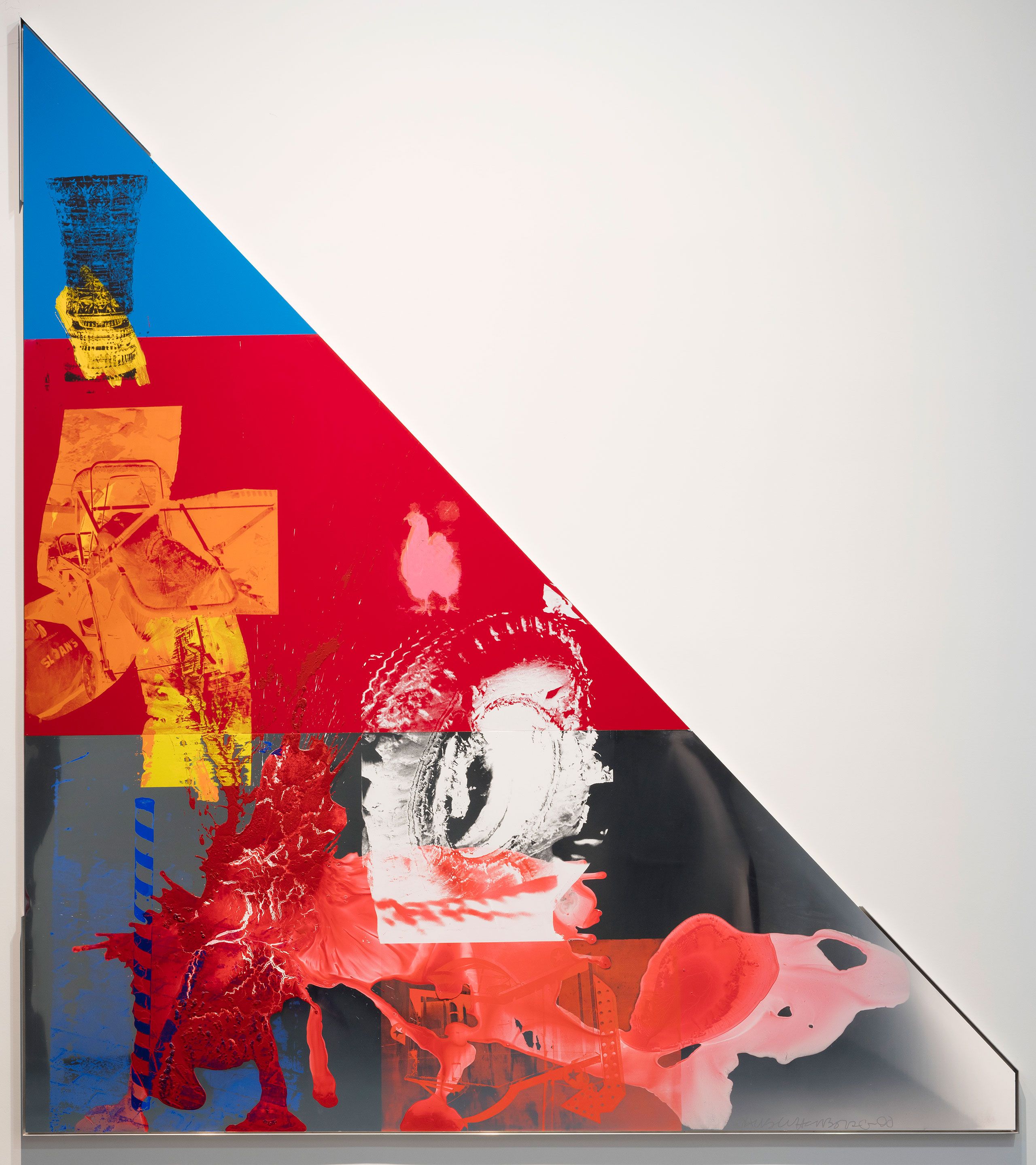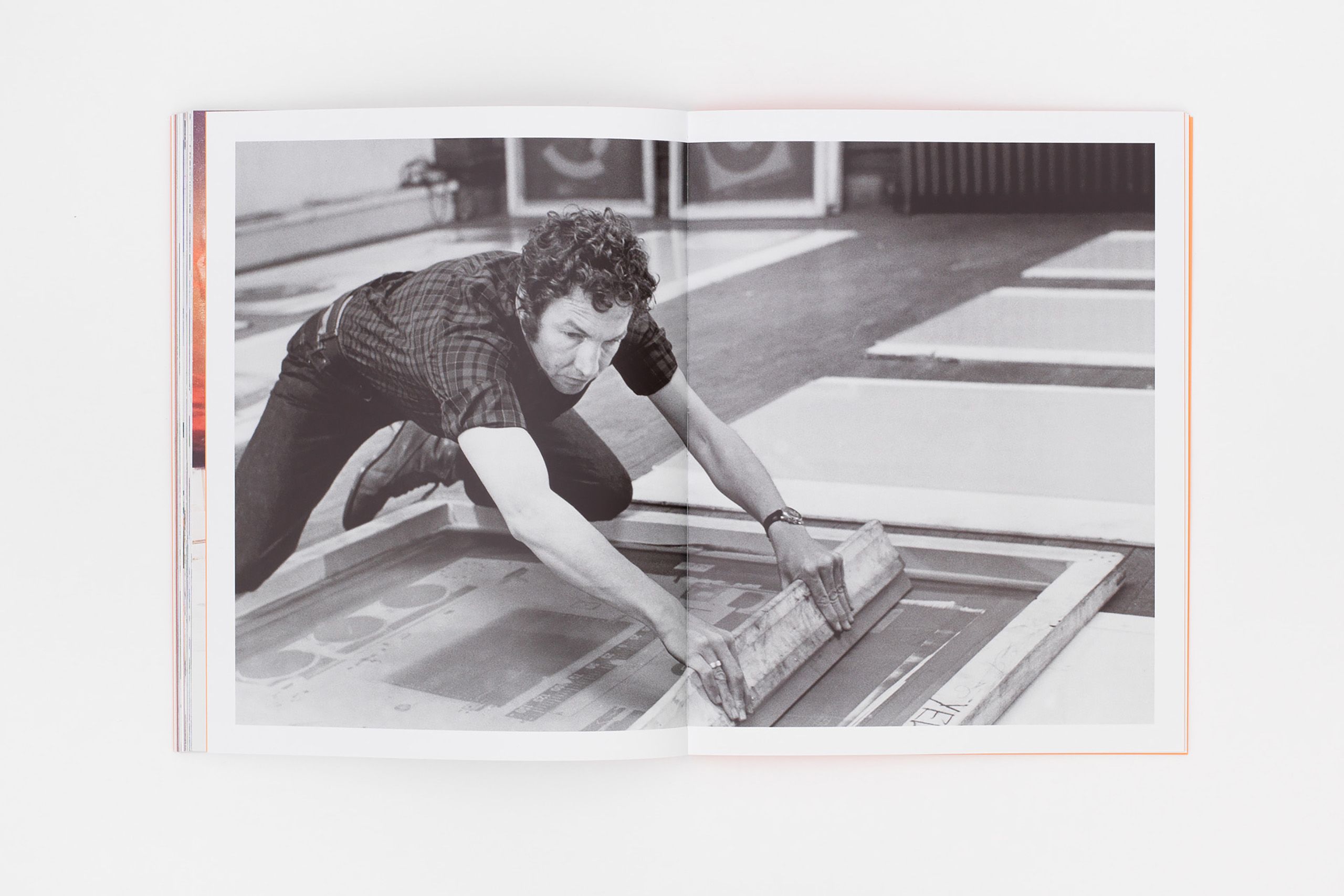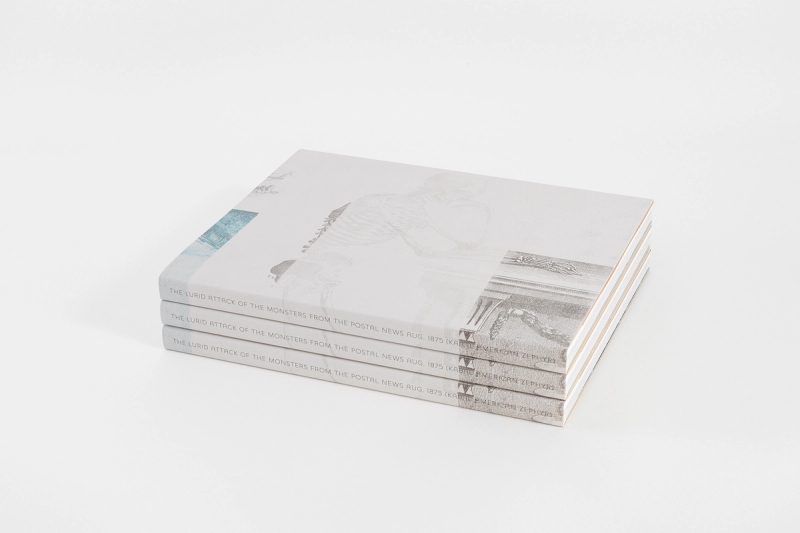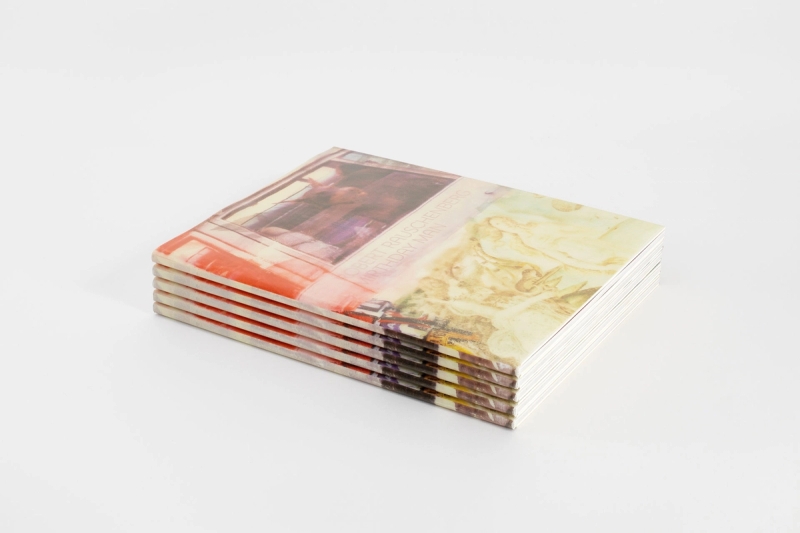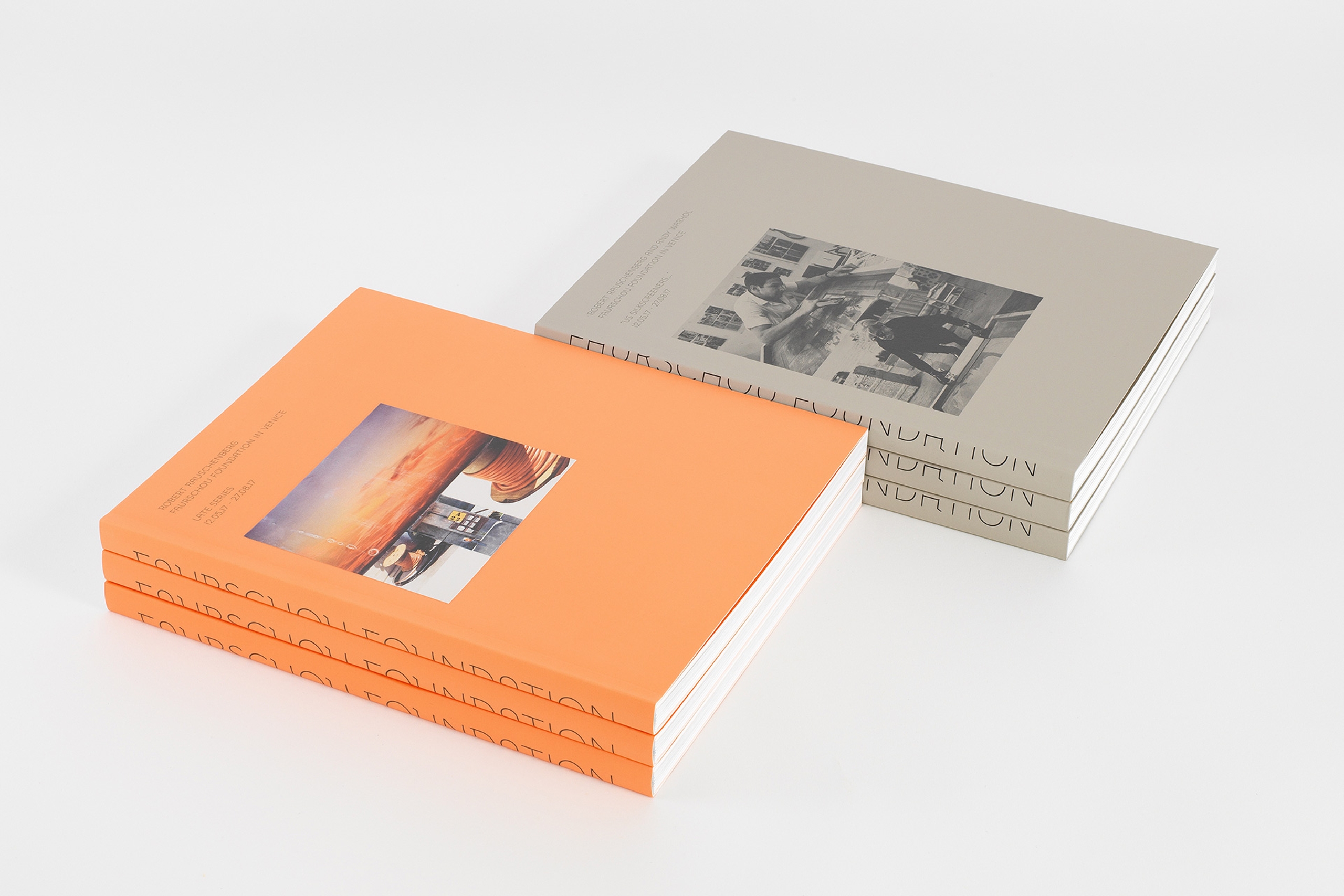
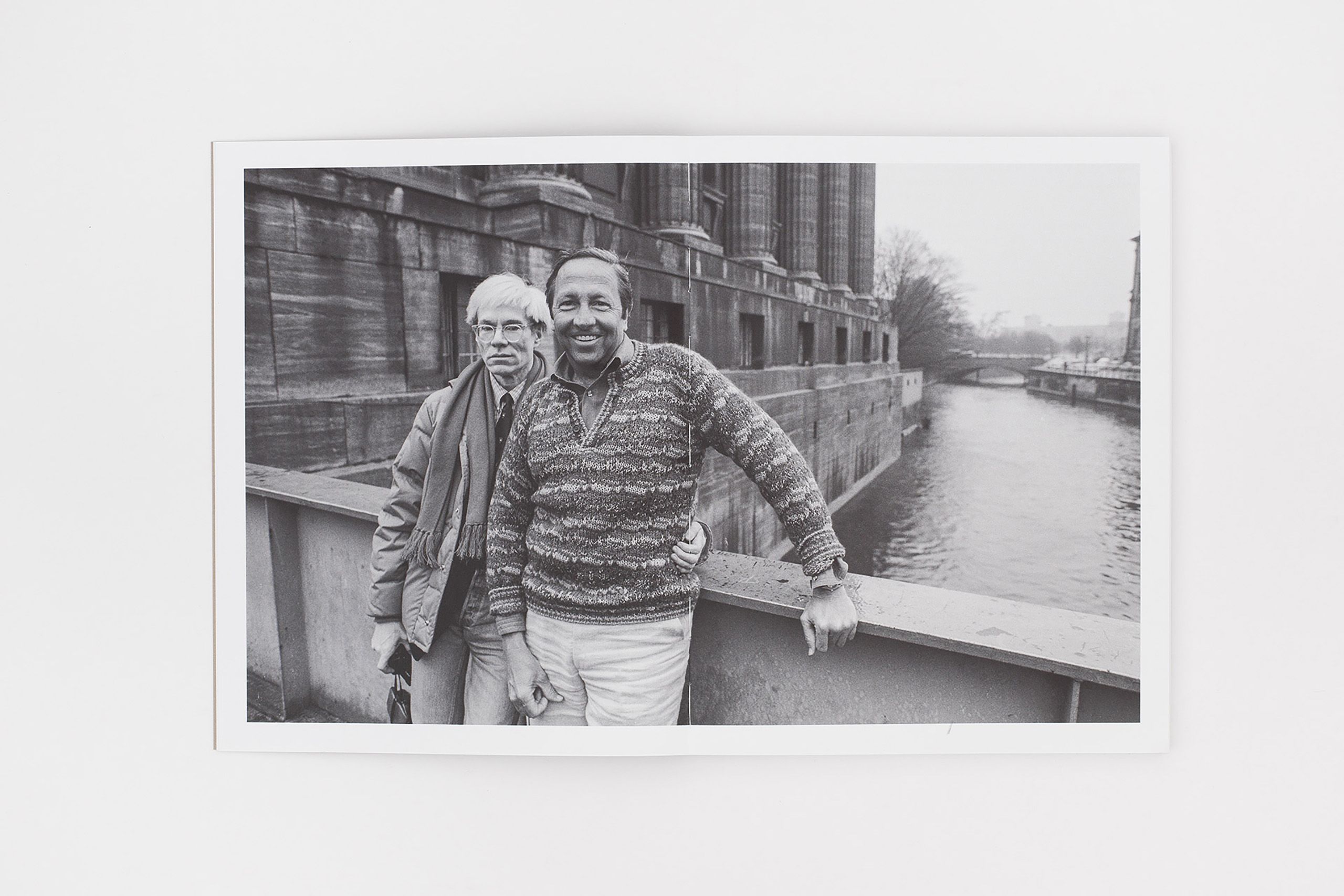
Who did what first?
by Gerard Malanga
Does it really matter? All the principal characters have passed on: Robert Rauschenberg, Andy Warhol, Ileana and Michael Sonnabend, David Bourdon. Why are we even having this debate, half a century after the fact?
I remember clearly that, sometime in the summer of 1963, Andy told me that he got the idea for using the silkscreen to make his paintings from Bob. I don’t remember how it came up in conversation.
It’s not like Andy was “the first” with everything. Thirty years after his death, he still gets credit for things he had no involvement in. For instance, photo booth shots I made of my friend Tony Kinna in Rome’s main post office in 1968 were attributed to Andy in an important auction house catalogue. In fact, Andy was in New York at the time. How on earth could he be in two places at once? Is there anything he hasn’t thought of?! Talk about “alternative facts.”
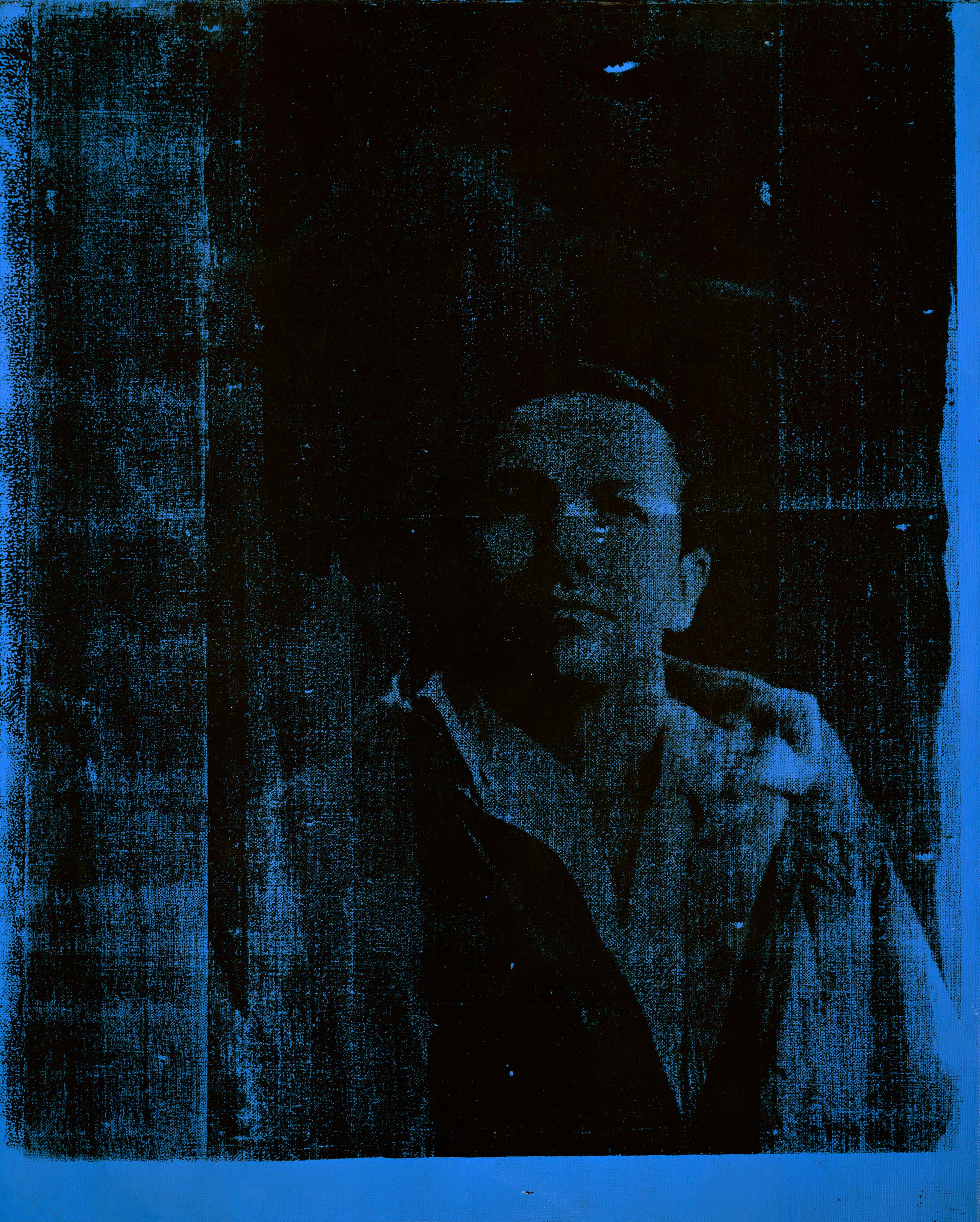

Robert Rauschenberg was the defining force in contemporary art for nearly sixty years, using an immensely wide range of media, from painting, photography, sculpture, performance, to printmaking. For Rauschenberg, painting entailed not only using a brush, but also silkscreening, collaging, transferring, and imprinting. He did so with a diverse array of materials, from canvas, board, and fabric to sheet metal, Plexiglas, plaster, and paper. He has been called a forerunner of virtually every post-war American art movement since Abstract Expressionism, from Pop-art to Dada, and has influenced artists until the present day. However, Rauschenberg remained fiercely independent from any specific art movement throughout his protean life.

